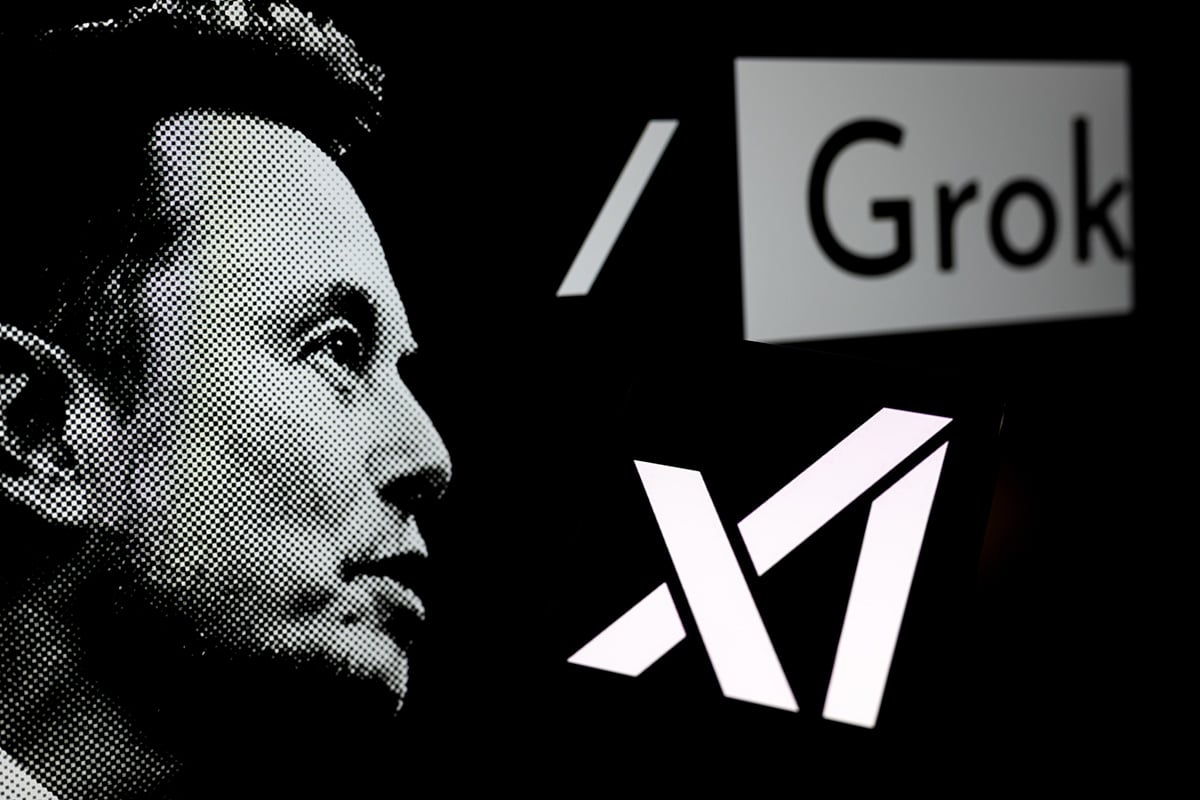
The adversarial process is the core mechanism that drives learning in Generative Adversarial Networks (GANs). It’s a game between two neural networks, the Generator and the Discriminator, where they compete to outsmart each other. This competition forces both networks to improve, ultimately leading to the Generator’s ability to create realistic data. Understanding this process is crucial for grasping how GANs function and how to effectively train them.
The Generator and Discriminator: A Two-Player Game
At the heart of every GAN lies the interplay between two distinct neural networks: the Generator and the Discriminator. They engage in a continuous, adversarial game, pushing each other to improve their respective abilities.
The Generator’s Role: Creating Fake Data
The Generator’s mission is to create synthetic data that closely resembles the real data it’s trained on. It takes random noise as input and transforms it into something that, ideally, is indistinguishable from real samples.
- Input: Random noise (e.g., drawn from a normal distribution). This noise provides the initial source of variation for generating diverse outputs.
- Process: The Generator uses a neural network to transform this noise into a data sample (e.g., an image, a sound clip, or text). The architecture of this network is crucial for the type of data being generated. For example, convolutional layers are commonly used for image generation.
- Output: A synthetic data sample that the Generator hopes will fool the Discriminator.
Example: Imagine the Generator is tasked with creating images of cats. It starts with random noise and, through its network, transforms it into what it thinks a cat image should look like. Initially, these images might be blurry or nonsensical.
The Discriminator’s Role: Distinguishing Real from Fake
The Discriminator acts as a quality control mechanism. Its job is to examine data samples and determine whether they are real (from the training dataset) or fake (generated by the Generator).
- Input: A data sample, which could be either a real sample from the training dataset or a fake sample produced by the Generator.
- Process: The Discriminator uses a neural network to analyze the input and output a probability (between 0 and 1) indicating the likelihood that the sample is real.
- Output: A probability score. A score close to 1 indicates the Discriminator believes the sample is real, while a score close to 0 suggests it believes the sample is fake.
Example: The Discriminator receives an image. It analyzes the image’s features (edges, textures, shapes) and compares them to its understanding of what real cat images look like. Based on this analysis, it outputs a probability score.
The Adversarial Relationship: Constant Improvement
The Generator and Discriminator are locked in a zero-sum game. The Generator tries to fool the Discriminator, while the Discriminator tries to correctly identify real and fake samples. This competition drives both networks to improve over time.
- Generator’s Goal: Maximize the probability that the Discriminator classifies its generated samples as real.
- Discriminator’s Goal: Maximize the probability of correctly classifying both real and generated samples.
This dynamic can be expressed mathematically as a minimax game, where the Generator tries to minimize the Discriminator’s success, and the Discriminator tries to maximize its own.
The Learning Process: Iterative Training
The training of a GAN involves iteratively updating the weights of both the Generator and the Discriminator based on their performance. This process typically involves the following steps:
- Discriminator Training:
- Present the Discriminator with a batch of real data samples from the training dataset.
- Present the Discriminator with a batch of fake data samples generated by the Generator.
- Calculate the Discriminator’s loss based on its ability to correctly classify real and fake samples.
- Update the Discriminator’s weights to minimize this loss, improving its ability to distinguish real from fake.
- Generator Training:
- Generate a batch of fake data samples using the Generator.
- Present these fake samples to the Discriminator.
- Calculate the Generator’s loss based on the Discriminator’s output. The Generator wants the Discriminator to believe its samples are real.
- Update the Generator’s weights to minimize this loss, improving its ability to generate realistic samples that can fool the Discriminator.
- Repeat: Repeat steps 1 and 2 for a specified number of epochs or until a desired level of performance is achieved.
Loss Functions: Guiding the Learning
Loss functions are crucial for guiding the learning process in GANs. They quantify the difference between the desired output and the actual output, providing a signal for the networks to adjust their weights.
- Discriminator Loss: A common loss function for the Discriminator is binary cross-entropy. It measures the difference between the Discriminator’s predicted probability and the true label (1 for real, 0 for fake). The goal is to minimize this loss, meaning the Discriminator becomes better at distinguishing real and fake samples.Example: If the Discriminator outputs 0.3 for a real image, the loss will be higher than if it outputs 0.9.
- Generator Loss: The Generator’s loss is based on the Discriminator’s output for the generated samples. The Generator wants the Discriminator to output a high probability (close to 1) for its fake samples. Therefore, the Generator’s loss is often calculated as the negative log-likelihood of the Discriminator’s output.Example: If the Discriminator outputs 0.2 for a generated image, the Generator’s loss will be high, encouraging it to generate more realistic images in the next iteration.
Balancing the Training: A Delicate Act
Successfully training a GAN requires careful balancing of the training process. If the Discriminator becomes too strong too quickly, the Generator may struggle to learn and improve. Conversely, if the Generator is too powerful, it may overwhelm the Discriminator, leading to mode collapse (where the Generator produces only a limited variety of outputs).
Techniques for balancing the training include:
- Adjusting Learning Rates: Using different learning rates for the Generator and Discriminator can help to stabilize the training process.
- Using Batch Normalization: Batch normalization can help to prevent the Discriminator from becoming too confident too quickly.
- Adding Noise: Adding noise to the Discriminator’s input can make it more robust and prevent it from overfitting to the training data.
Practical Examples and Demonstrations
Let’s consider a few examples to illustrate the adversarial process in action:
Example 1: Image Generation (Cats)
- Initial State: The Generator produces random noise, which the Discriminator easily identifies as fake.
- Discriminator Improvement: The Discriminator learns to recognize basic features of real cat images (e.g., edges, textures).
- Generator Improvement: The Generator starts producing images with some cat-like features, fooling the Discriminator some of the time.
- Continued Training: The Discriminator becomes more sophisticated, learning to identify subtle differences between real and fake cat images. The Generator, in turn, learns to generate more realistic images with better details and fewer artifacts.
- Final State: The Generator produces images that are nearly indistinguishable from real cat images, successfully fooling the Discriminator most of the time.
Example 2: Text Generation (Movie Reviews)
- Initial State: The Generator produces random sequences of words, which the Discriminator easily identifies as nonsensical.
- Discriminator Improvement: The Discriminator learns to recognize patterns in real movie reviews (e.g., common words, sentence structure).
- Generator Improvement: The Generator starts producing sentences that resemble movie reviews, fooling the Discriminator some of the time.
- Continued Training: The Discriminator becomes more sophisticated, learning to identify subtle differences between real and fake reviews (e.g., coherence, sentiment). The Generator, in turn, learns to generate more realistic reviews with better grammar, vocabulary, and sentiment.
- Final State: The Generator produces movie reviews that are nearly indistinguishable from real reviews, successfully fooling the Discriminator most of the time.
Hypothetical Scenario: Generating Realistic Medical Images
Imagine a GAN being trained to generate realistic MRI scans of brains. The Generator starts by producing random noise, which the Discriminator easily identifies as not resembling a real MRI. As the training progresses, the Generator learns to create images with brain-like structures. The Discriminator, trained on real MRI scans, becomes better at identifying subtle anomalies or inconsistencies in the generated images. This adversarial process continues until the Generator can produce MRI scans that are so realistic that even expert radiologists have difficulty distinguishing them from real scans. This could be used for training medical professionals or for augmenting datasets for research purposes.
Exercises
- Conceptual Exercise: Explain in your own words how the adversarial process in GANs leads to the Generator’s ability to create realistic data.
- Scenario Exercise: Describe a scenario where a GAN could be used to generate realistic audio samples (e.g., music, speech). Explain the roles of the Generator and Discriminator in this scenario.
- Comparison Exercise: Compare and contrast the roles of the Generator and Discriminator in a GAN. What are their objectives, and how do they interact with each other?
- Loss Function Exercise: Explain how the loss functions for the Generator and Discriminator are designed to encourage the desired behavior in each network.
Real-World Application
Consider Imaginarium Inc., the company introduced in Module 1. They are now exploring the use of GANs to generate new product designs. They train a GAN on a dataset of existing product designs, with the Generator creating new design concepts and the Discriminator evaluating their feasibility and aesthetic appeal. The adversarial process allows Imaginarium Inc. to rapidly explore a wide range of design possibilities, potentially leading to innovative and commercially successful products. For example, they could use a GAN to generate new furniture designs, clothing patterns, or even architectural blueprints. The Discriminator could be trained to assess factors such as structural integrity, manufacturing cost, and market appeal, guiding the Generator towards creating designs that are both creative and practical.
In summary, the adversarial process is the engine that drives learning in GANs. By pitting two neural networks against each other, GANs can learn to generate incredibly realistic data. Understanding this process is essential for anyone working with GANs, as it provides insights into how to design, train, and evaluate these powerful models. In the next lesson, we will explore some common GAN architectures, such as DCGAN and StyleGAN, which build upon these fundamental principles.








